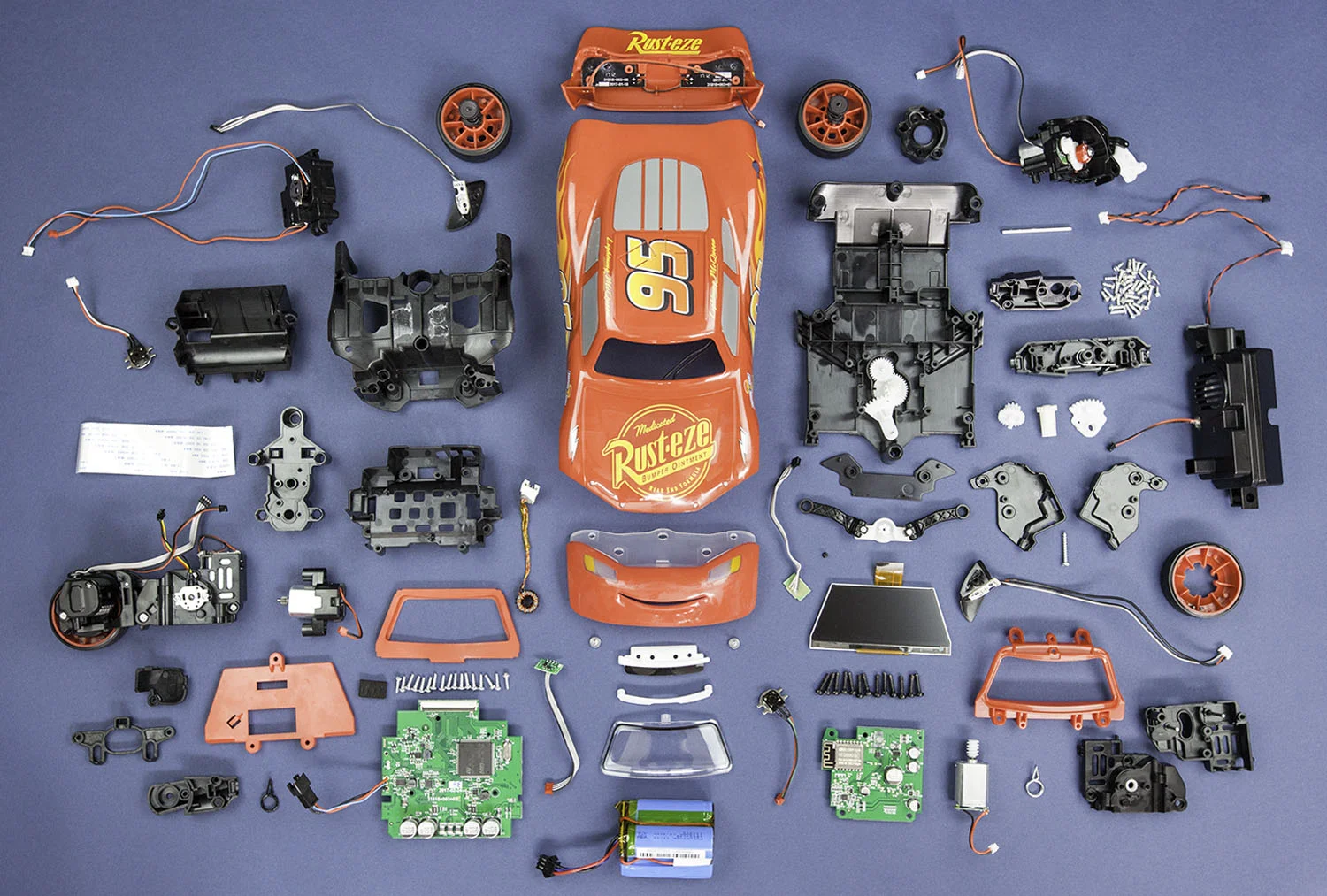How On-Demand Manufacturing Streamlines Innovation
How On-Demand Manufacturing Is Slashing Production Times and Opening the Doors to Rapid Innovation
The sharing economy has led to greater accessibility and affordability across a range of industries, from transport to accommodation. Now, these principles are changing the face of manufacturing, as on-demand manufacturing is empowering producers to slash their lead times and costs.
Image Source: fictiv.com (link)
The principle behind on-demand manufacturing is simple: provide product developers with end-to-end support for production, whilst lowering the barrier for entry (mostly minimum order quantities) and cutting the lead time. Heralded as the “AirBnB for on-demand manufacturing,” Fictiv has accomplished this by matching customers who want to produce prototypes and parts with idle machinery in hundreds of vetted locations. The idea is simple but powerful–and the tech industry at large seems to agree. Fictiv just secured an additional $15 million in funding, provided by tech heavyweights including Sinovation Ventures, Accel, and Bill Gates.
The benefits of such on-demand production models are manifold. Factories bring in money through machines that would otherwise lie idle, and product developers enjoy a much more agile prototyping process. Costs for rapid prototyping can often be astonishingly high, given the very small order quantity; through using idle machinery or allowing on-demand vendors to bundle together small-batch orders, the costs become considerably less prohibitive. On-demand can also cut lead times from months to days, opening the doors for rapid innovation across industries. From cars to robotics, electronic devices to medical equipment, the potential applications for on-demand manufacturing are virtually boundless.
Image Source: fictiv.com (link)
Although most on-demand manufacturing ventures are currently focused on revamping the rapid prototyping process, the next great frontier will be manufacturing at scale. This is something that Fictiv investor Chris Evdemon, a partner at Sinovation and CEO of Sinovation North America, recently highlighted to Forbes. "These factories themselves are not operating at full capacity," he says. "This will allow Fictiv to go beyond rapid prototyping to larger volumes where it is less time sensitive and more price sensitive." How well on-demand manufacturers handle scaling up from prototypes and parts to streamlined and cost-effective production at volume will determine the future of this burgeoning industry.
Another key factor in the growth of on-demand manufacturing will be how well the industry applies design thinking throughout the production process. A key part of current on-demand offerings is software designed to offer an end-to-end purview on production, and further streamline the manufacturing process. On-demand electronics manufacturers MacroFab’s offering includes software that streamlines quote acquisition, inventory checking, and project management; Fictiv has pledged to use their new capital to continue building tools for their virtual platform, which will further optimise and automate production workflows. The next great frontiers will be continuing to provide low-cost solutions at scale, and further streamlining workflows to turn ideas into products with more ease than ever before.


